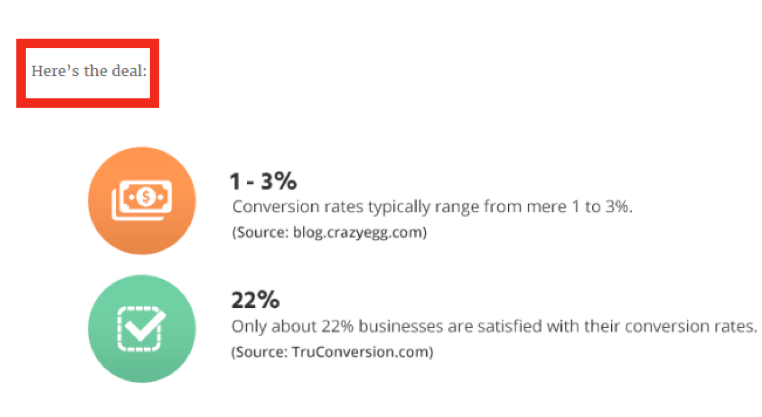If you’ve decided to read this article, you probably already
have some idea of how important search engine optimization (SEO) is for your
website and your business.
Despite a huge growth in social media, a ton of people still
use search to find solutions to their problems. In fact, the powerhouse that is
Google continues to get over 100 billion searches every month.
That’s a lot of searching.
This drives home the point that although other avenues of
driving traffic are becoming increasingly important, continuing to perform SEO
tactics on your website is still a huge part of a successful business, online
and off.
In this article, we’ll review some of the lesser-known or
“hidden” SEO factors that are equally important in ranking well in search.
1. Site Speed
Optimization
When optimizing a website for search, on-page or on-site SEO
is usually where marketers start. We have to ensure your website has the
correct keywords in all of the correct places such as titles, meta
descriptions, page content, etc.
However, more inexperienced marketers often miss or ignore a “hidden” SEO
factor that defines user experience and search rankings… site load speed.
Google has taken into account a site’s load speed as a
ranking factor since 2010. Besides this,
a slow loading site frustrates users leading them unlikely to return.
It’s also not only desktop users that experience this
either. With nearly 60% of searches being done on mobile (and those figures
continue to rise) a slow loading mobile site will also hurt your rankings.
Here are some of the biggest things that affect your site
load speed:
- Image files are too large
- “Messy” HTML, CSS or JavaScript
- Not leveraging site caching
2. ‘Dwell Time’
Optimization
Never heard of dwell time? You’re not alone.
Dwell time is a metric that calculates user engagement,
session duration, and SERP CTRs. It is a data point that is not publicly
available (or thoroughly understood), but is nonetheless a factor that affects
a site’s search engine results – which is why it has made our list of “hidden”
SEO factors.
Dwell time, as Moz’s Dr. Peter J. Meyers explains it, “is
an amalgam of bounce rate and time-on-site metrics”. It is a combination of two
components with one related component.
- Click-through rate (CTR) on search engine
results pages (SERPs)
It’s calculated by measuring the time elapsed between when a
user first click-through to your site and when they return to the SERP page.
It makes sense that this factor would affect rankings. If
someone clicks a search result, then immediately hits the back button, likely did so
because the search result wasn’t worth their time.
A quick click-back time indicates poor quality or poor
relevancy – results that Google avidly tries to avoid showing in its SERPs.
Here are some ways to help with ‘dwell time’:
A. Add “bucket
brigades” – This is a copywriting tactic that uses words / phrases in
specific ways to keep people on their page.
One example would be adding a colon after a short sentence.

via SEMrush
B. Use bold images
– An easy way to grab a visitor’s
attention is with an eye-catching image. It takes less time to interpret and
can help visitors stay on your page longer.
A strong image at the top of your content is particularly good for driving more
engagement.
C. Use the inverted
pyramid – The inverted pyramid style of writing is when you place the
important info higher on the page; answering people’s questions right off the
bat.
At the same time, you draw them further in with the promise of additional
information down below.
3. Content Upkeep
Much like leaving bread out for too long can cause it to go
stale, your content can also become less desirable if left untouched for too
long.
Ever since a major
2011 update, Google has preferred “fresh” content and will begin to
rank your old posts lower. When you post new content online, it gets indexed
and assigned an “inception date”. As time passes, its freshness score decreases
and newer content with the same keywords begin to replace it.
Some easy ways to combat this is by updating your older
content with new information, updating images, or changing the structure of
your post.
This works best with content that is well-performing
already, but has the ability to move further up in search results. So while
your article on page 10 might not see a huge shift, an article on page 2 can
see some upward movement.
You can read more about this is our article:
Historical
Blog Optimization: Reviving Your Blog
Conclusion
Search engine rankings still remain critical to a business’
success online. Good rankings produce quality organic traffic, which helps to
drive conversions and leads.
That’s why it’s crucial to spend time on the lesser-known or
“hidden” SEO factors just as much as the well-known SEO tactics such as titles,
metas, and link building.
Not sure how your website stacks up in search?
Use our free Website Auditor tool below to see how your
website is currently performing.
Do You Want More
Website Traffic?
Put in your web address and keyword to see how for free.
Want to spy on your competition? Just add their URL too.